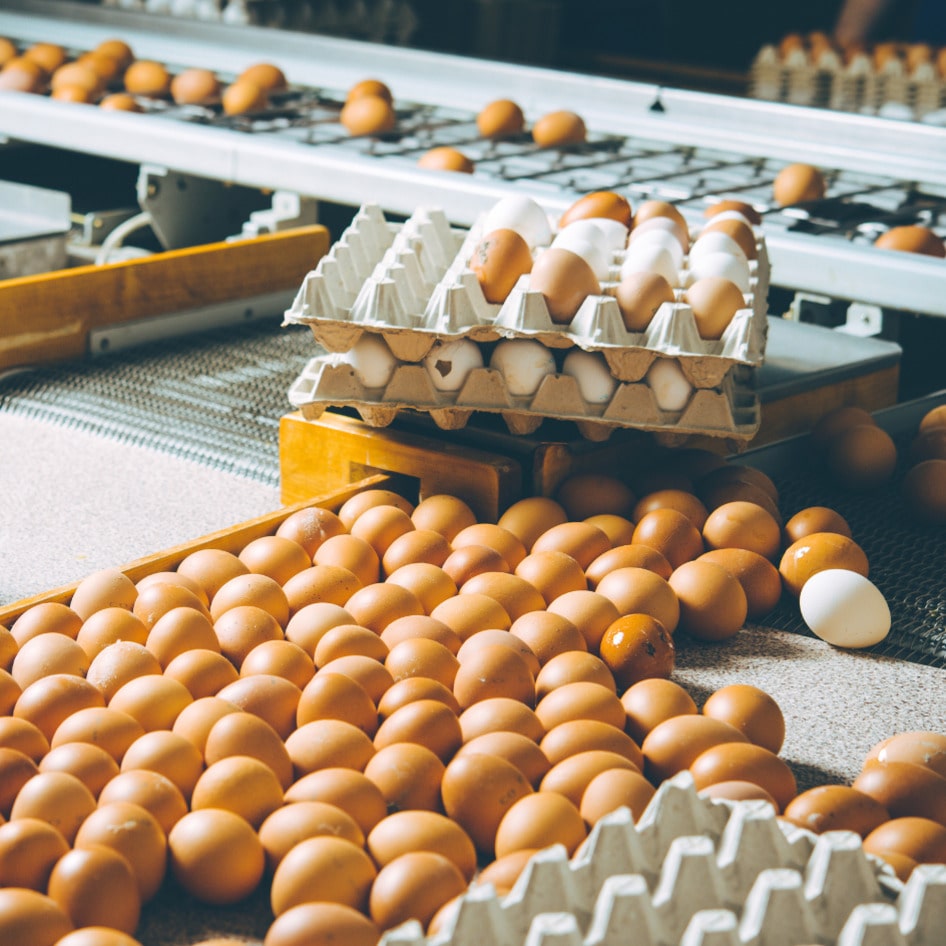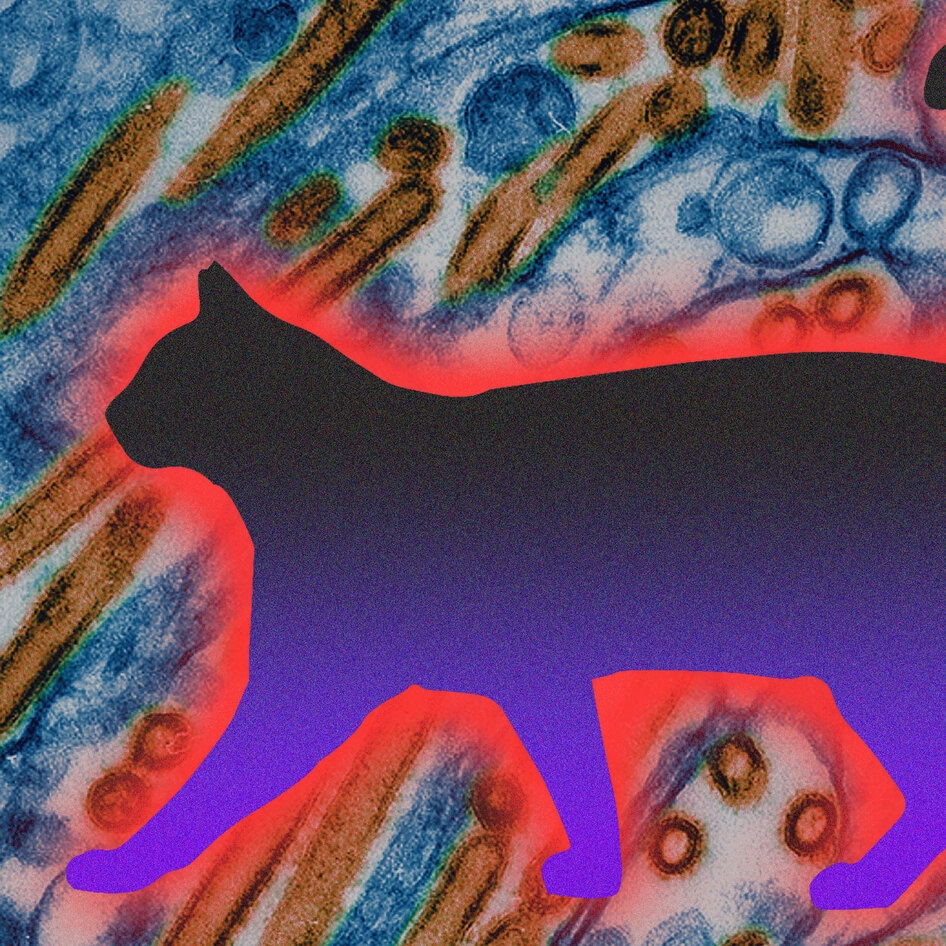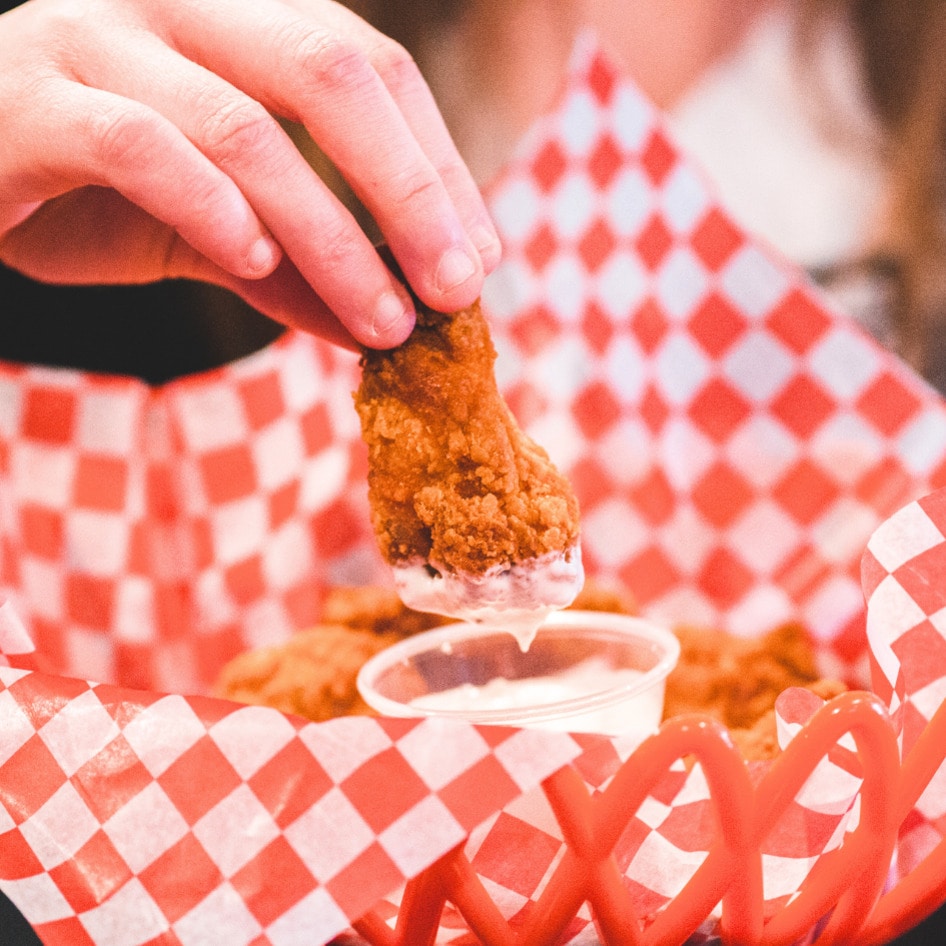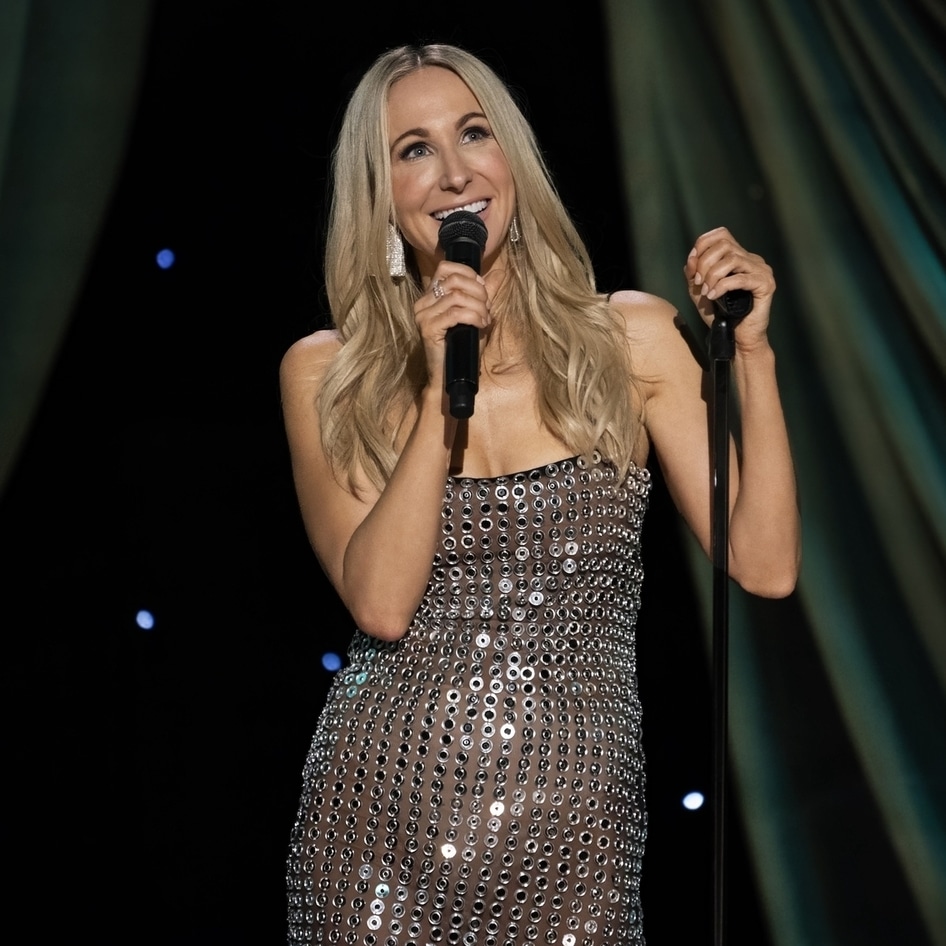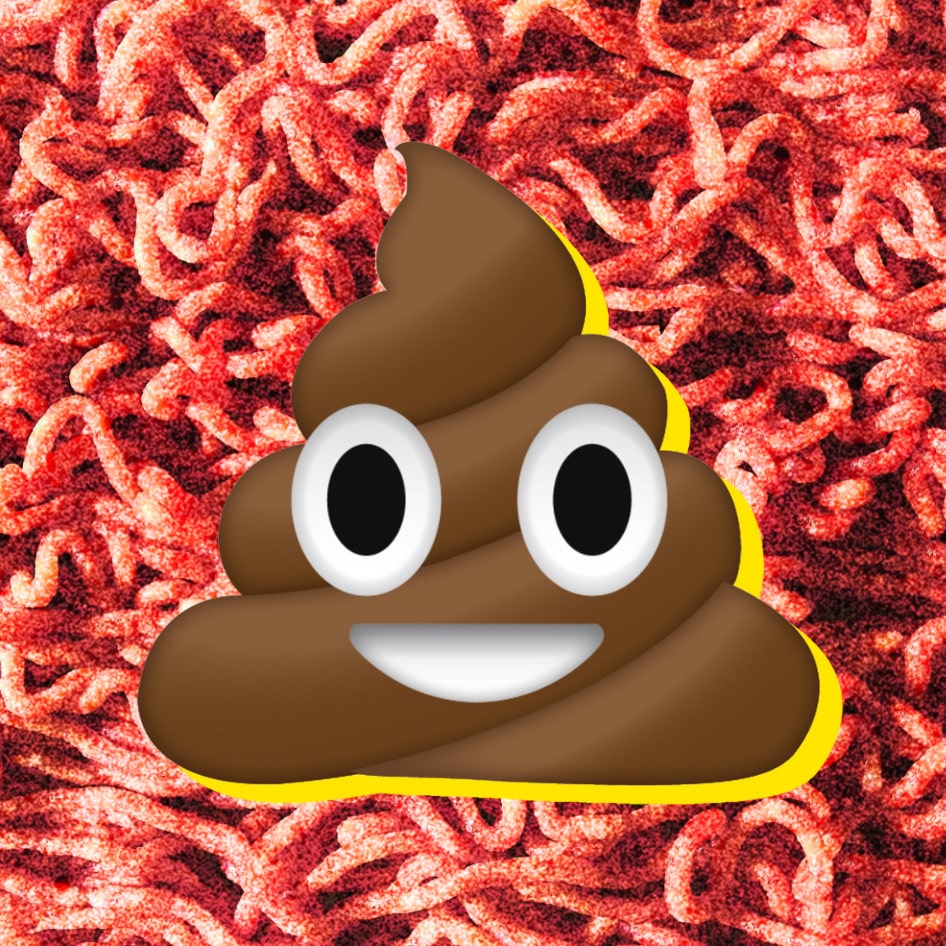For some time now, global health authorities have been sounding the alarm over the potential for a “looming pandemic” following multiple outbreaks of highly pathogenic avian influenza around the world. Swine influenza has also been a concern in recent years.
Back in 2023, several events, including an avian influenza outbreak at a shelter in Seoul, South Korea that killed nearly 40 cats, as well as multiple infections reported in mammals across various countries, led the World Health Organization (WHO) to declare the mutation as “rapidly evolving” and posing a risk to humans. Other incidents included the diagnosis of five dogs and a cat in Italy and 330 dead seagulls washing up on UK beaches following the detection of bird flu at a nearby farm.
Now, two years on, after more reports of bird flu spreading to cattle and cats and the culling of millions of birds around the world because of spreading infections, the European Food Safety Authority (EFSA) is also warning that avian influenza could present a pandemic risk.
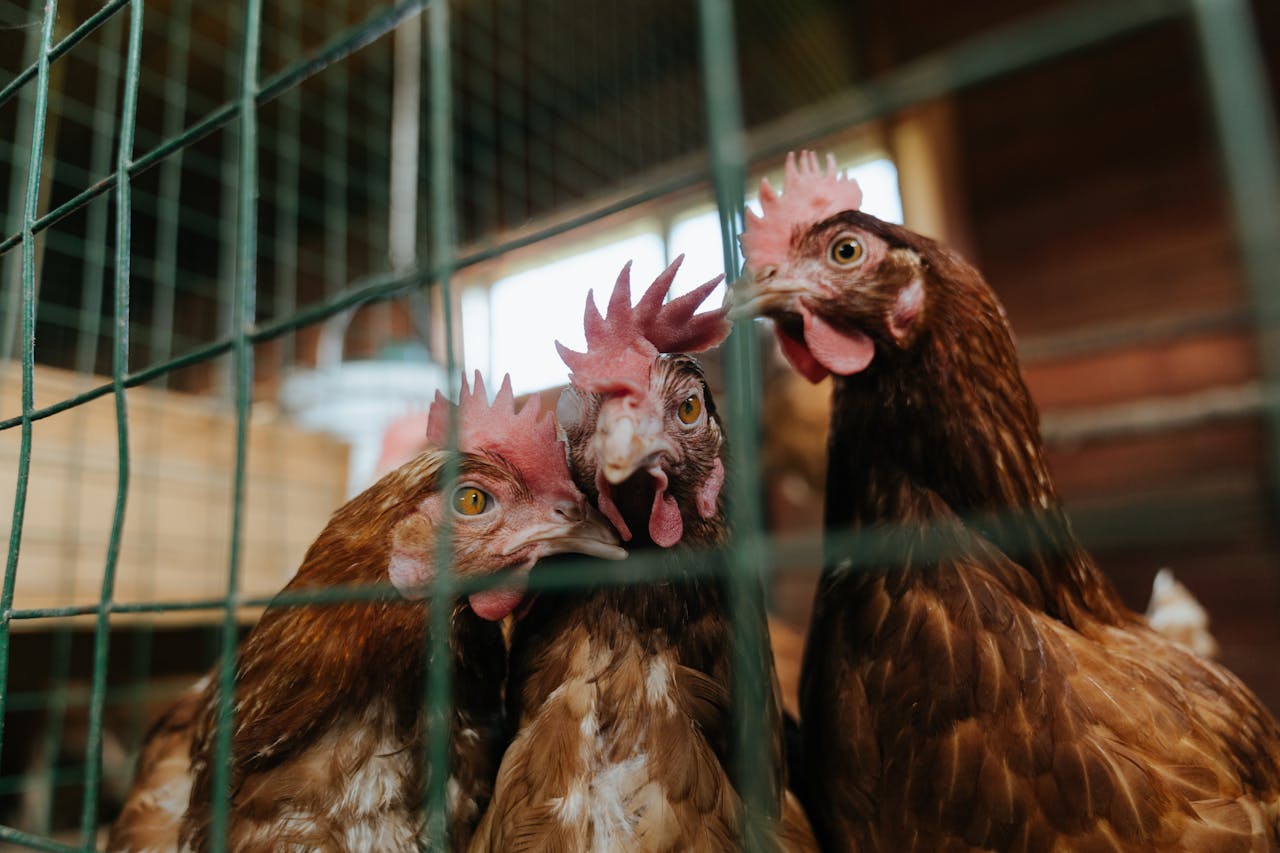
The expert warning comes after 34 genetic mutations in the virus were listed by scientists. The more the virus mutates, the higher the risk it could spread to humans. This is likely what happened with the COVID-19 pandemic, which experts think spread to humans from a live animal market in Wuhan, China.
Bernhard Url, the EFSA’s acting director, said in a statement: “In 2024, avian influenza viruses expanded their reach, infecting previously unaffected species. Our work identifies key mutations linked to a potential spread to humans, requiring rapid detection and response.” The authority recommended several steps, including close monitoring of sick animals, the use of genetic sequencing to detect mutations, and routine testing on individuals exposed to the virus. It also urged for more public awareness and more outbreak response plans.
Some experts are particularly concerned that the virus could become airborne, which would make it easier for humans to contract and pass on the virus. COVID-19 is also an airborne virus.
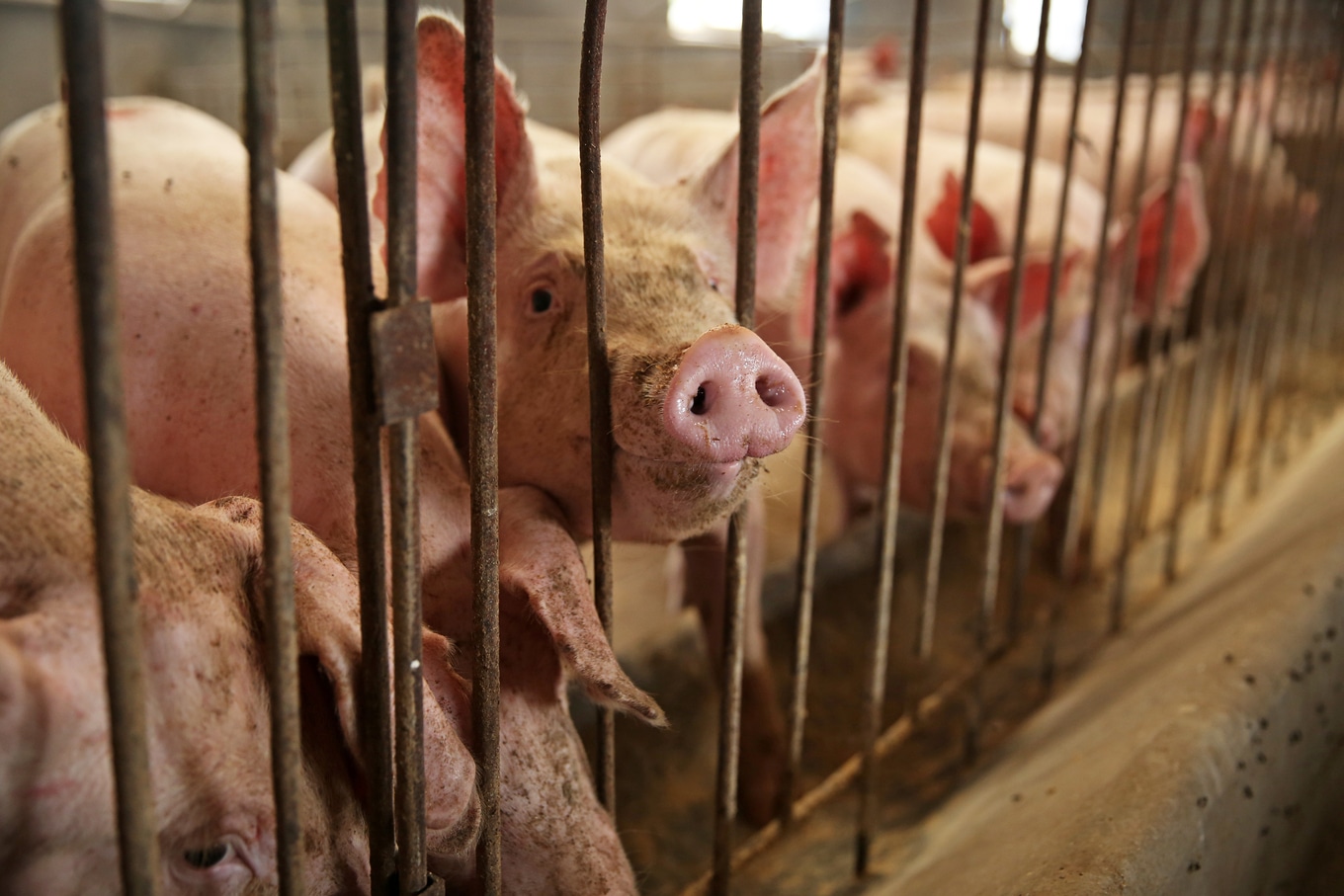 World Animal Protection
World Animal Protection
Also in 2023, research from the United States Department of Agriculture-Agricultural Research Service revealed a startling pattern of transmission of influenza A. This strain was responsible for the 2009 H1N1 pandemic (known as “pdm09”) between humans and pigs.
Since 2009, the virus has been passed from humans to pigs approximately 370 times, leading to evolutionary changes in the virus that could increase its ability to infect humans.
In 2024, there were also continued concerns about African swine fever, which continues to spread around global pig populations. Right now, the disease does not pose a risk to humans, but it is deadly to pigs.
Animal agriculture and the looming pandemic
The spread of animal diseases and their potential to cross over to humans raises concerns about another global health crisis.
The landscape of farming has transformed dramatically over the years, moving from the traditional image of small, family-run farms to the emergence of industrialized animal agriculture, known as factory farming.
This system, which prioritizes high-yield animal production, rears billions of animals globally each year. They are often kept in cramped conditions to optimize space and boost the food industry’s productivity and profit margins.
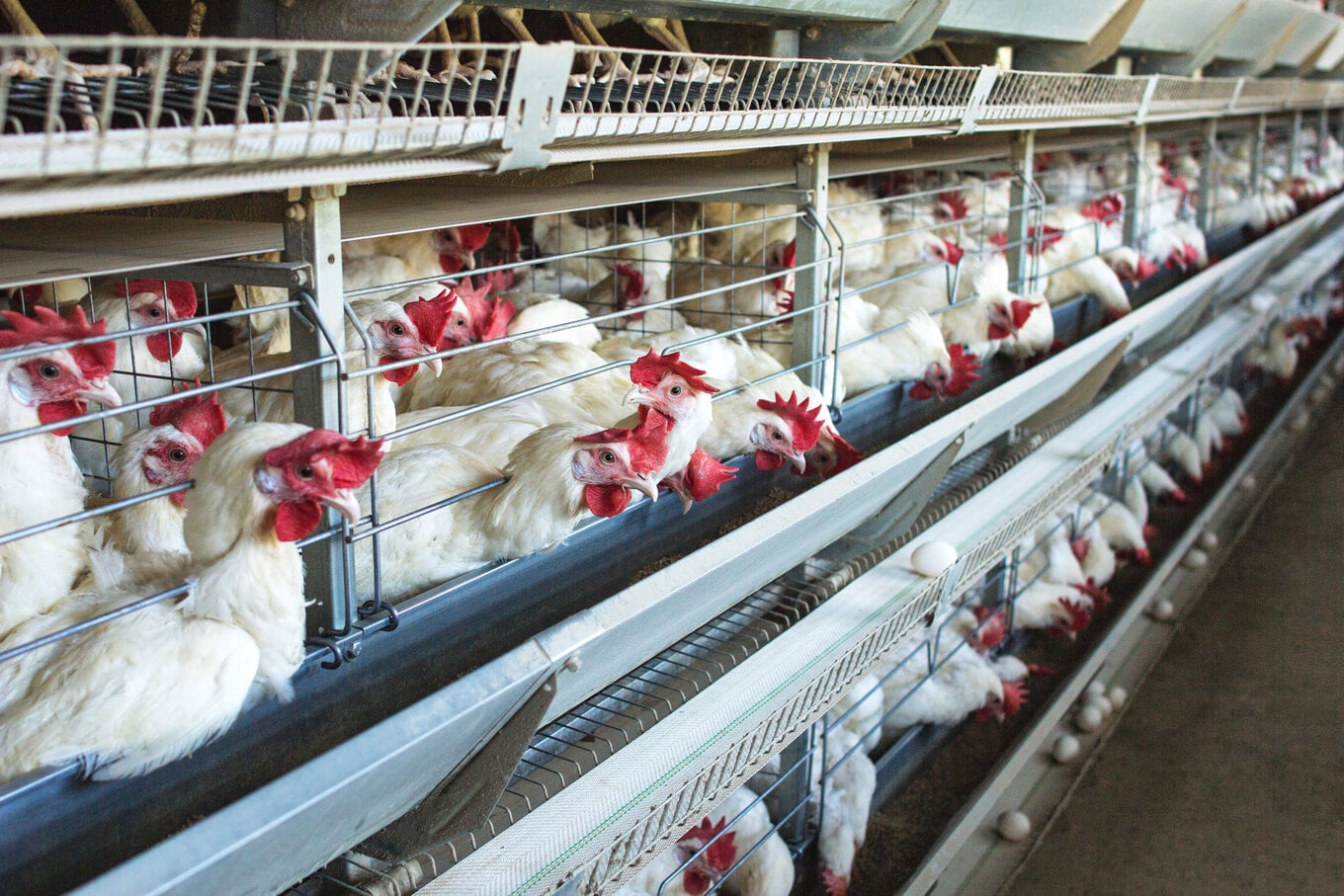 Adobe Stock
Adobe Stock
“The avian influenza epidemic has reached unprecedented magnitude, killing millions of birds, threatening to wipe out endangered species, and now house cats are dying from the virus across different continents,” Wendla Beyer, Policy Coordinator at international animal welfare organization Four Paws, said in a statement in 2023.
This intensification of factory farming is creating various public health concerns, setting the stage for the next global pandemic. Four Paws has called the emergency of this avian influenza “alarming” and a “looming pandemic.”
“The emergence of highly pathogenic avian influenza is linked to the intensification of the poultry sector,” Beyer said. “Intensive farming has accelerated the circulation and mutation of the virus and continues to do so.”
Right now, bird flu is a key cause of rising egg prices, as millions of birds have had to be culled in an attempt to control the disease. In the last quarter of 2024, just in the US, roughly 20 million egg-laying chickens died.
“We need policies to reduce the number of animals farmed and reorganize food systems away from the highly intensive, highly centralized production models that we currently have,” Beyer said.
“Failure to act or implement such policies increases the risks of further, more dangerous viral mutations. We must see a globally aligned response to this serious matter,” Beyer continued.
Led by Alexey Markin, one 2023 study on the pdm09 variant revealed just how dangerous mutated viruses can be. It found that the virus continued to circulate among pigs even during the height of the COVID-19 pandemic, and these transmissions resulted in pdm09 variants that were genetically poorly matched for human seasonal vaccines, potentially leaving humans vulnerable to infection.
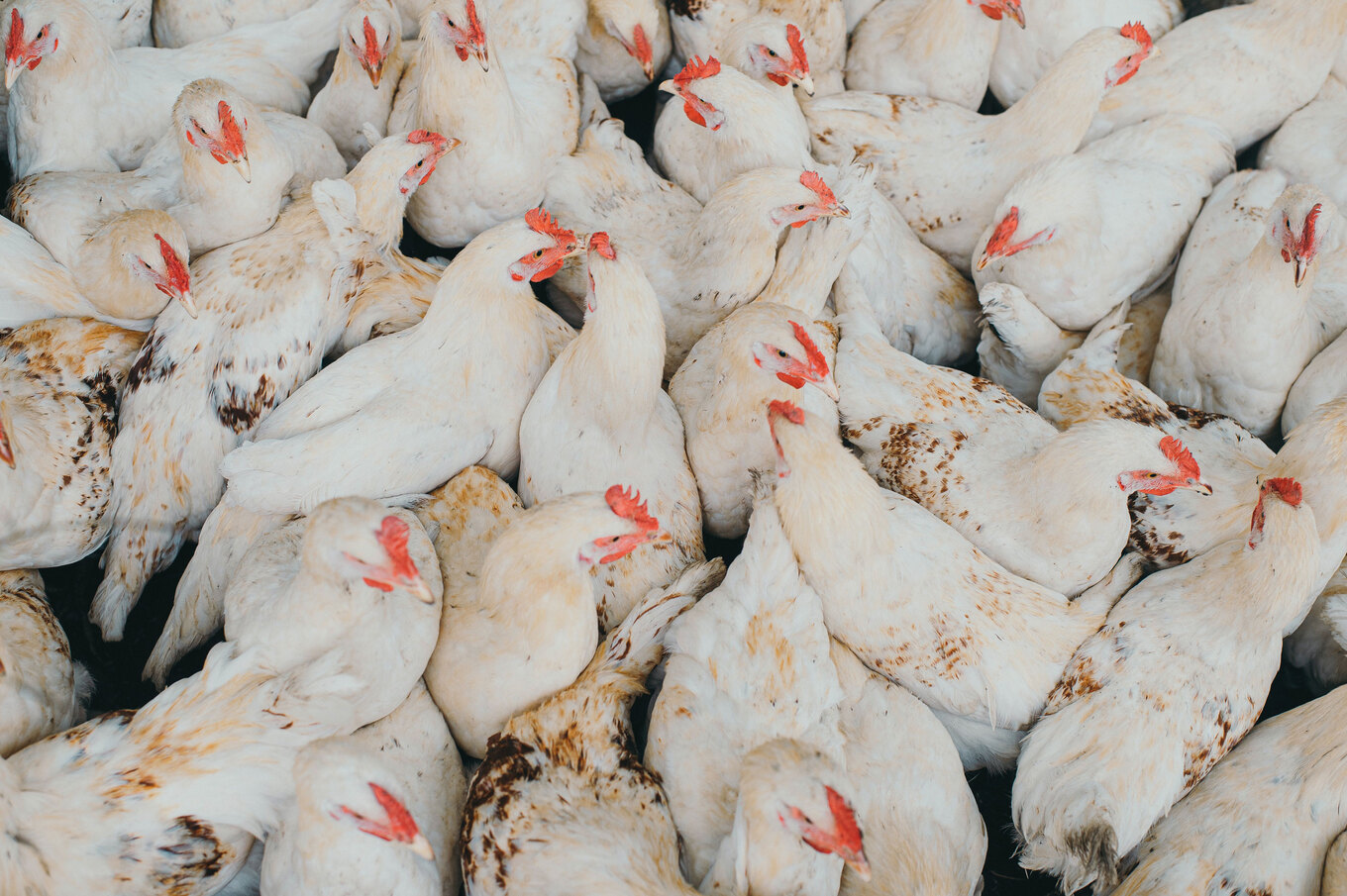 Egor Myznik/Unsplash
Egor Myznik/Unsplash
Preventing the next pandemic
These findings underline the intertwined fates of humans and the animals we farm for food, emphasizing the need for not only medical interventions but also systematic changes in farming practices.
As the world continues to grapple with the aftershocks of the COVID-19 pandemic, the escalating threat posed by bird flu outbreaks, in particular, provides a timely reminder of the need for proactive and holistic measures to safeguard global health.
While shifting away from animal protein altogether is the ideal, legislative solutions have focused on improving animal welfare within the industrial farming industry to alleviate the most cruel and dangerous practices—such as extreme confinement of pigs, chickens, and cows.
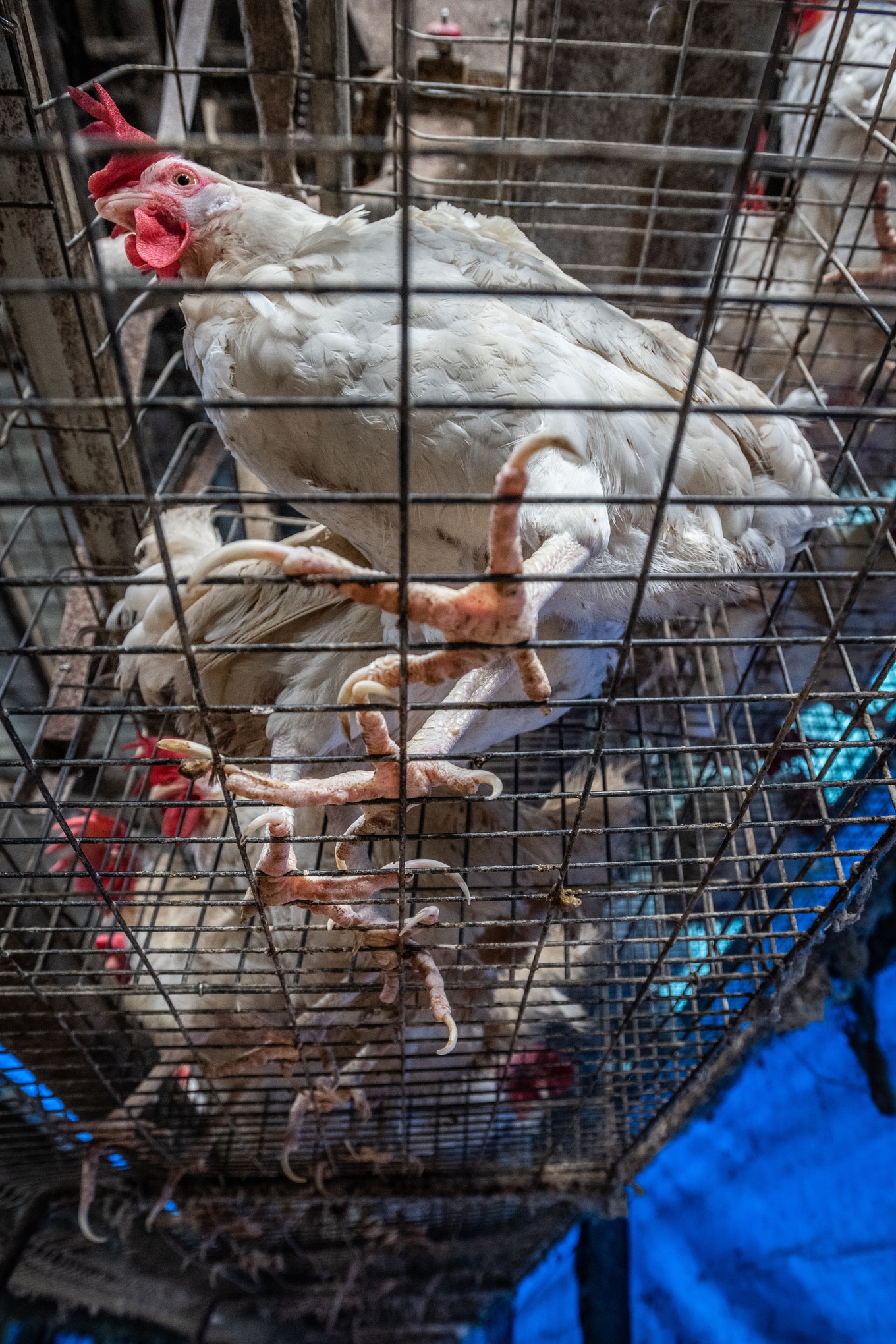 Unsplash
Unsplash
BECOME A VEGNEWS VIP: Get exclusive product deals, freebies, and perks galore!
Examples of these legislative measures include California’s Proposition 12 (which was upheld by the Supreme Court of the United States after challenges from the pork industry); and New Jersey’s A1970, which Governor Phil Murphy signed into law in 2023.
“Many mother pigs in the industrial pork industry are confined in cages so small that they can’t even turn around,” Elissa Frank, New Jersey State Director for the Humane Society of the United States, said in a statement.
“They’re forced to eat, sleep, and defecate in the same meager amount of space. Calves often face a similar fate,” Frank said. “With the passage of this legislation, we can properly address both animal misery and the public health risks.”
However, a piece of proposed legislation, The Ending Agricultural Trade Suppression Act (EATS Act), aims to undo these steps forward for animal welfare and public health. If passed, the EATS Act could significantly undermine public health protections.
The Harvard Law School’s Brooks McCormick Jr. Animal Law & Policy Program published a 156-page report to outline the many loopholes in the EATS Act and warn of the dangerous precedent its passage would set.
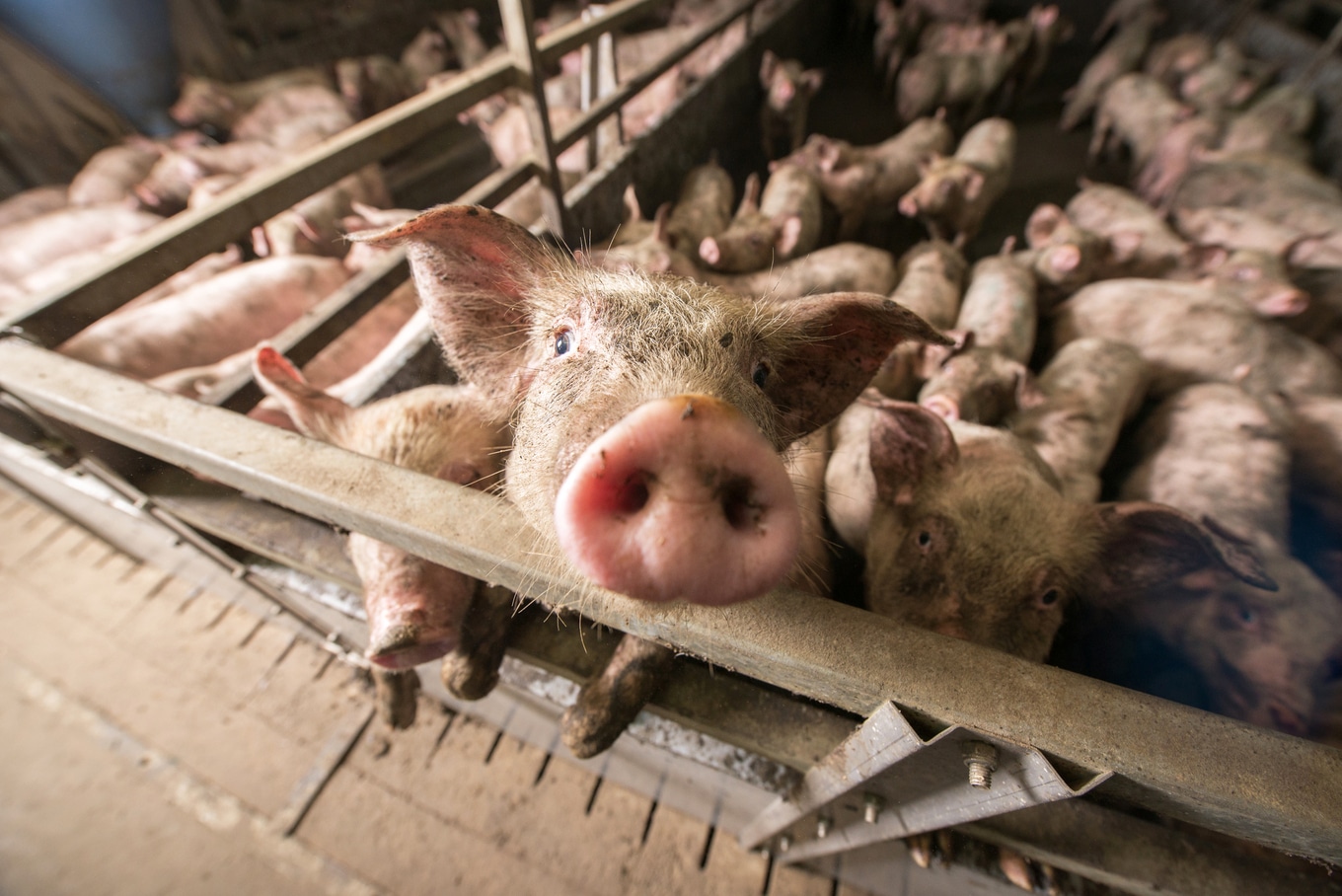 Getty
Getty
“The EATS Act could tip the balance of states’ rights and circumvent decades of settled constitutional jurisprudence by federally overriding the expressed will of US voters—shifting agricultural oversight away from states and localities toward federal administrative agencies and the federal judiciary,” Chris Green, the Harvard program’s executive director who supervised and edited the report, said in a statement.
By drastically limiting the ability of state and local governments to regulate the production and sale of agricultural products, the EATS Act could potentially nullify more than a thousand state laws, many of which are designed to safeguard against the spread of diseases from animals to humans.
The EATS Act was introduced in 2023, but is yet to make much progress towards becoming law. However, that could change now that Donald Trump is in power once again. Brooke Rollins, the nominee for United States Secretary of Agriculture, endorses the act and has voiced her commitment to helping push it through.
For more plant-based stories like this, read:
JUMP TO ... Latest News | Recipes | Guides | Health | Subscribe



